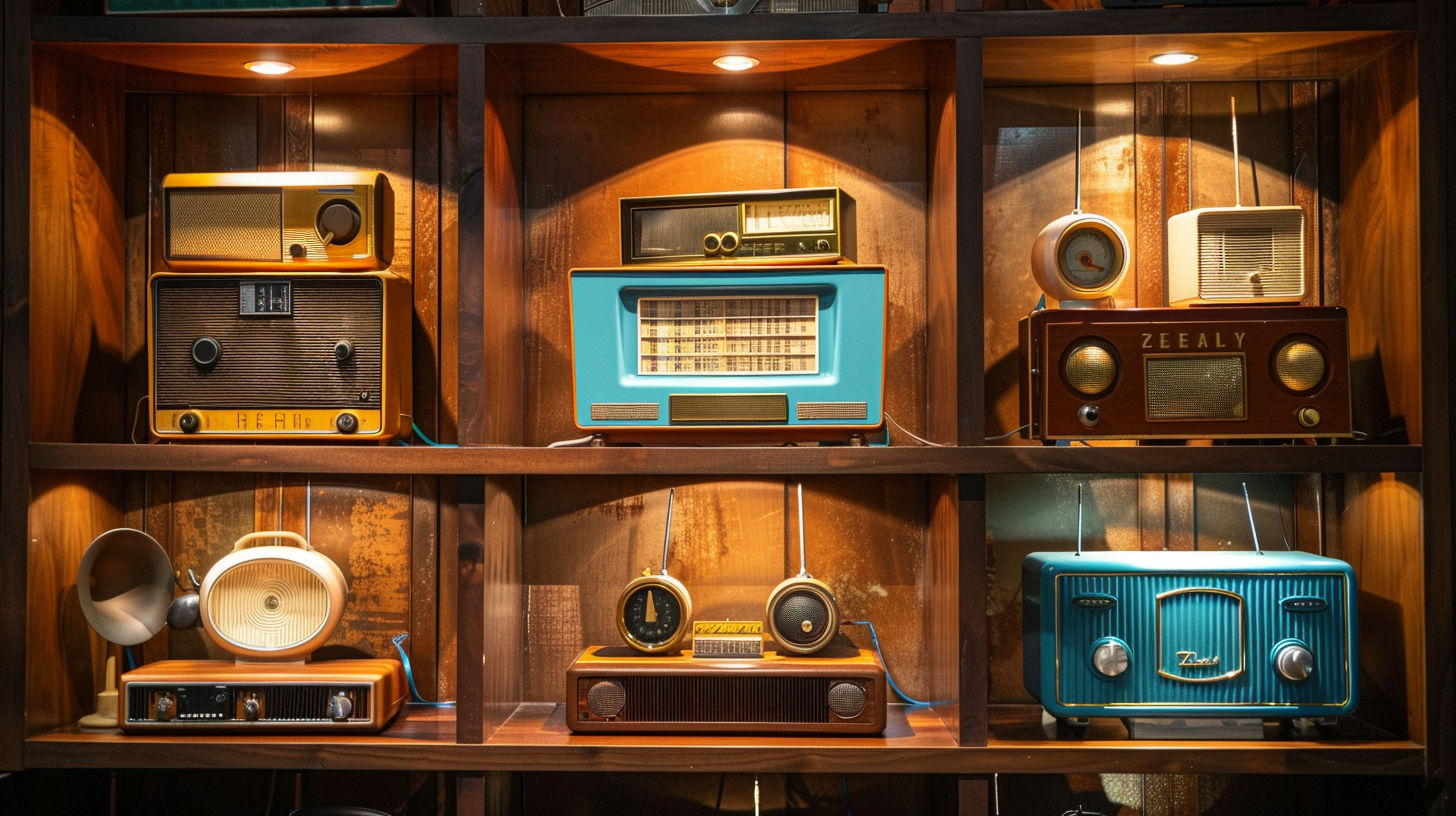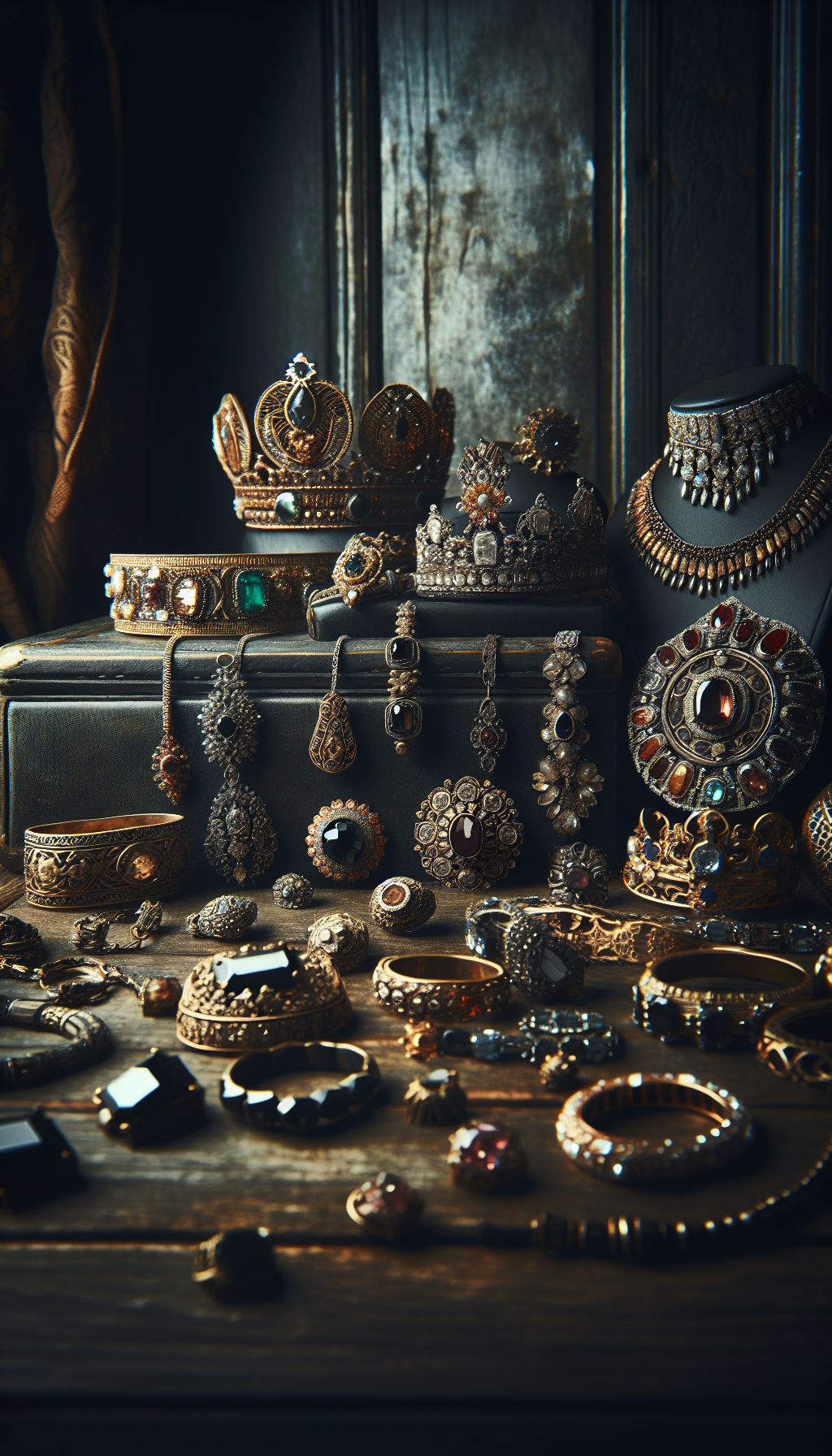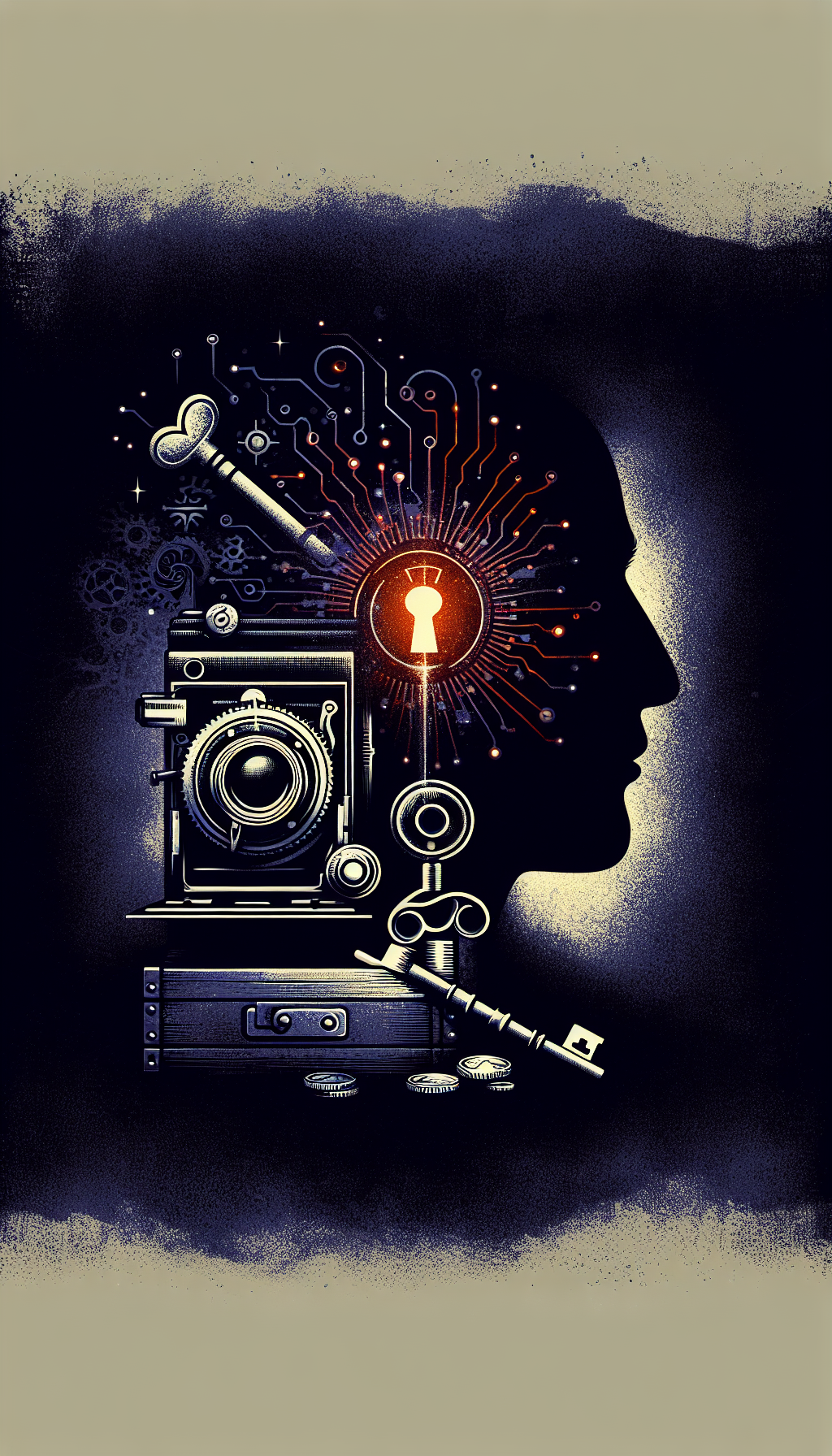Introduction to Vintage Radio Collecting
The Enduring Appeal of Vintage Radios
The world of vintage radio collecting encompasses everything from early crystal sets to mid-century transistor radios. Whether you’re a seasoned collector or have discovered an old radio in your attic, understanding its potential value requires knowledge of what makes these pieces collectible.
While many old radios can be purchased for under $200, rare or historically significant models in excellent condition can command thousands of dollars. The question “What’s my old radio worth?” depends on numerous factors including age, manufacturer, model, condition, rarity, and historical significance.
Key Vintage Radio Market Statistics
Identifying Valuable Vintage Radios
What Makes Certain Radios More Valuable?
Material and Design
The materials used to construct a radio significantly impact its value:
Catalin Radios: These colorful, marbled plastic radios from the 1930s-40s are among the most valuable collectibles, often fetching thousands of dollars due to their distinctive appearance and rarity. The material’s tendency to shrink and crack over time has made mint examples increasingly scarce.
Wooden Cabinets: Ornate wooden radio cabinets, particularly those in “cathedral” or “tombstone” styles, appeal to collectors for their aesthetic beauty and craftsmanship. Manufacturers like Zenith, Philco, and Atwater Kent produced highly sought-after wooden models.
Bakelite Radios: This early plastic offered a versatile medium for Art Deco and Streamline Moderne designs. Colorful Bakelite radios in good condition without cracks or repairs can command premium prices.
Manufacturer and Brand Reputation
Certain manufacturers carry more prestige and corresponding value:
- Zenith: Particularly the “Stratosphere” model, considered one of the most sought-after radios in the collecting world
- Atwater Kent: Known for quality and innovation in early radio manufacturing
- RCA: As a pioneer in radio technology, their premium models hold significant value
- Philco: Famous for their cathedral and tombstone designs
- Emerson: Noted for compact and innovative Bakelite designs
- Crosley: Popular for both affordable and premium models
Rarity and Historical Significance
Radios with limited production runs or historical significance typically command higher prices:
- Pre-1930 Models: Very early commercial radios, especially those from the 1920s when radio broadcasting was in its infancy
- Military or Special Use Radios: Equipment designed for specific historical contexts (WWII, etc.)
- Prototype or First-Edition Models: Early examples of significant technological advancements
- Celebrity or Notable Ownership: Provenance that connects a radio to historical events or figures
Evolution of Radio Technology and Collectibility
- 1895-1920
The Experimental Era
Early wireless and crystal sets. These primitive devices are extremely rare and highly collectible when authentic. Notable examples can sell for thousands to museums and specialized collectors. - 1920s
Commercial Radio Beginnings
Early commercial tube radios and battery sets. These pioneering commercial models represent radio's first mass-market era and hold significant historical value. - 1930s
The Golden Age
Cathedral and tombstone designs dominate. Art Deco styling created some of the most visually impressive and collectible models, with wooden cases and ornate details. - 1940s
The Plastic Revolution
Catalin and Bakelite radios emerge. Colorful plastic cases allowed for innovative designs and bright colors, with Catalin models becoming particularly valuable. - 1950s-60s
Transistor Age Begins
Vacuum tubes give way to transistors. Early transistor radios, particularly Japanese models, have developed their own dedicated collecting niche.
Assessing Condition and Authenticity
Evaluating Your Vintage Radio's Condition
Condition assessment ranges from cosmetic appearance to electronic functionality. Collectors typically evaluate vintage radios using the following criteria:
Vintage Radio Condition Assessment
Check applicable items to help determine your radio's condition rating
- Cabinet/case shows no cracks, chips, or significant scratches
- Original finish is intact without touch-ups or refinishing
- Original knobs, grilles, and hardware are present and unmodified
- Dial glass is clear and undamaged
- Electronic components appear original without modern substitutions
- Radio powers on and receives stations effectively
- Speaker produces clear sound without distortion
- Original documentation, box, or accessories are present
Condition Ratings Explained
Most collectors and dealers rate vintage radios on a scale that typically includes:
Mint/New Old Stock (NOS): Virtually perfect, often still in original packaging with documentation. May have never been used. Extremely rare for pre-1950s radios.
Excellent: Shows minimal wear with no significant cosmetic flaws. All electronic components function properly. May include original documentation or packaging.
Very Good: Minor cosmetic wear with no structural damage. Electronically functional or requiring only minor repairs. Original components largely intact.
Good: Shows noticeable age-related wear. May have minor cosmetic issues or need electronic service but remains complete with no major damage.
Fair: Functional but with cosmetic issues like finish damage, veneer problems, or missing minor components. Electronics may need restoration.
Poor/Project: Significant damage, missing important components, or non-functional. Value generally limited to parts or as a restoration project.
Restoration vs. Original Condition
The vintage radio collecting community is divided on the question of restoration. While professionally restored radios can command high prices, many collectors prefer original condition radios, even with some age-appropriate wear.
According to Radio World, working radios can be worth 10-40 times more than non-working examples of the same model. However, improper restoration can significantly decrease value.
Key considerations regarding restoration:
Cabinet Restoration: Refinishing wooden cabinets generally decreases value unless done by an expert to match original specifications.
Electronic Restoration: Replacement of capacitors and other aging components is generally accepted to make the radio functional, but should be done in a way that maintains period authenticity.
Replacement Parts: Original parts are strongly preferred. Reproduction parts should be identified as such to maintain collector integrity.
Documentation: Keep records of any restoration work for future owners.
Impact of Condition on Vintage Radio Values
Typical price ranges based on condition for popular radio categories
</tbody>
</table>
Most Valuable Vintage Radio Models
Highly Sought-After Vintage Radios
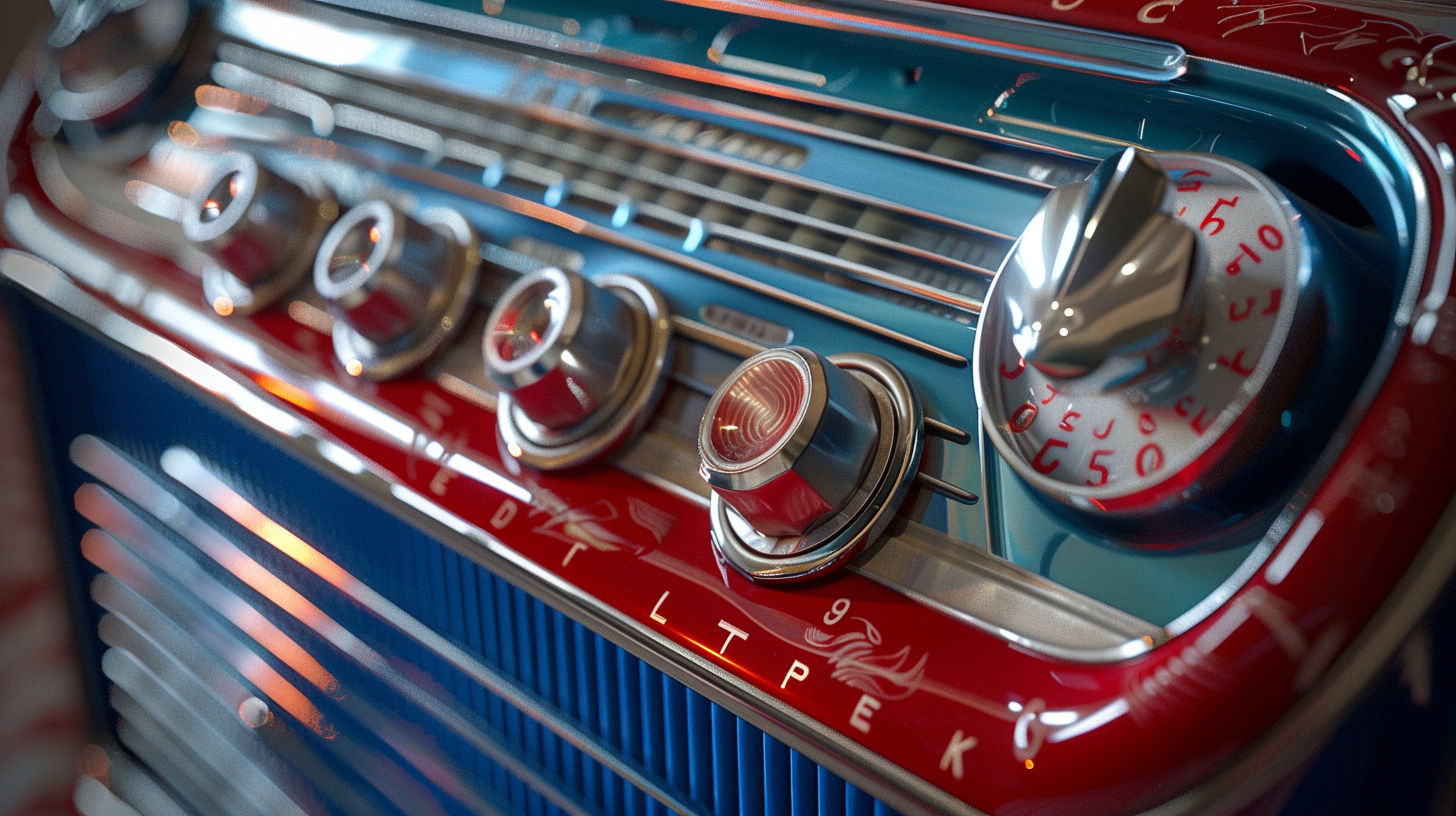
The Collector’s Dream List
According to Catawiki, these vintage radios represent some of the most valuable and sought-after models:
Zenith Stratosphere (1935): Often considered the “Holy Grail” of radio collecting, this 25-tube radio with its distinctive cabinet can sell for $10,000-$20,000 in excellent condition.
Sparton 558 “Sled” by Walter Dorwin Teague: This Art Deco masterpiece with blue mirrored glass can command $5,000-$15,000.
Fada 652 Catalin “Bullet”: Available in various vibrant colors, these streamlined Catalin radios range from $3,000-$8,000 depending on color and condition.
Emerson 587 “Snow White” Catalin: When found in excellent condition with minimal discoloration, these can sell for $3,000-$7,000.
Air King “Skyscraper” Model 66: The distinctive architectural design makes this a prized collector’s item worth $2,000-$4,500.
Addison Model 2 Catalin (1940): Available in multiple color combinations, pristine examples of this “waterfall” design sell for $2,000-$5,000.
Scott Philharmonic: This high-fidelity chrome-chassis radio receiver represents premium pre-war audio technology, valued at $1,500-$4,500.
DeForest Crosley “Globe Trotter”: A Canadian Art Deco wooden radio valued at $800-$2,000.
Notable Vintage Radio Auction Results
Recent significant sales of rare and collectible radios
| Category | Price | Notes | |
|---|---|---|---|
| Catalin/Colored Plastic | $800-$5,000+ | $300-$800 | $100-$300 |
| Wooden Cathedral | $300-$1,500 | $150-$300 | $50-$150 |
| Wooden Tombstone | $250-$1,200 | $125-$250 | $40-$125 |
| Bakelite Table Models | $200-$800 | $100-$200 | $30-$100 |
| Early Transistor (1950s) | $100-$500 | $50-$100 | $20-$50 |
</tbody>
</table>
How to Research Your Vintage Radio’s Value
Tools and Resources for Radio Valuation
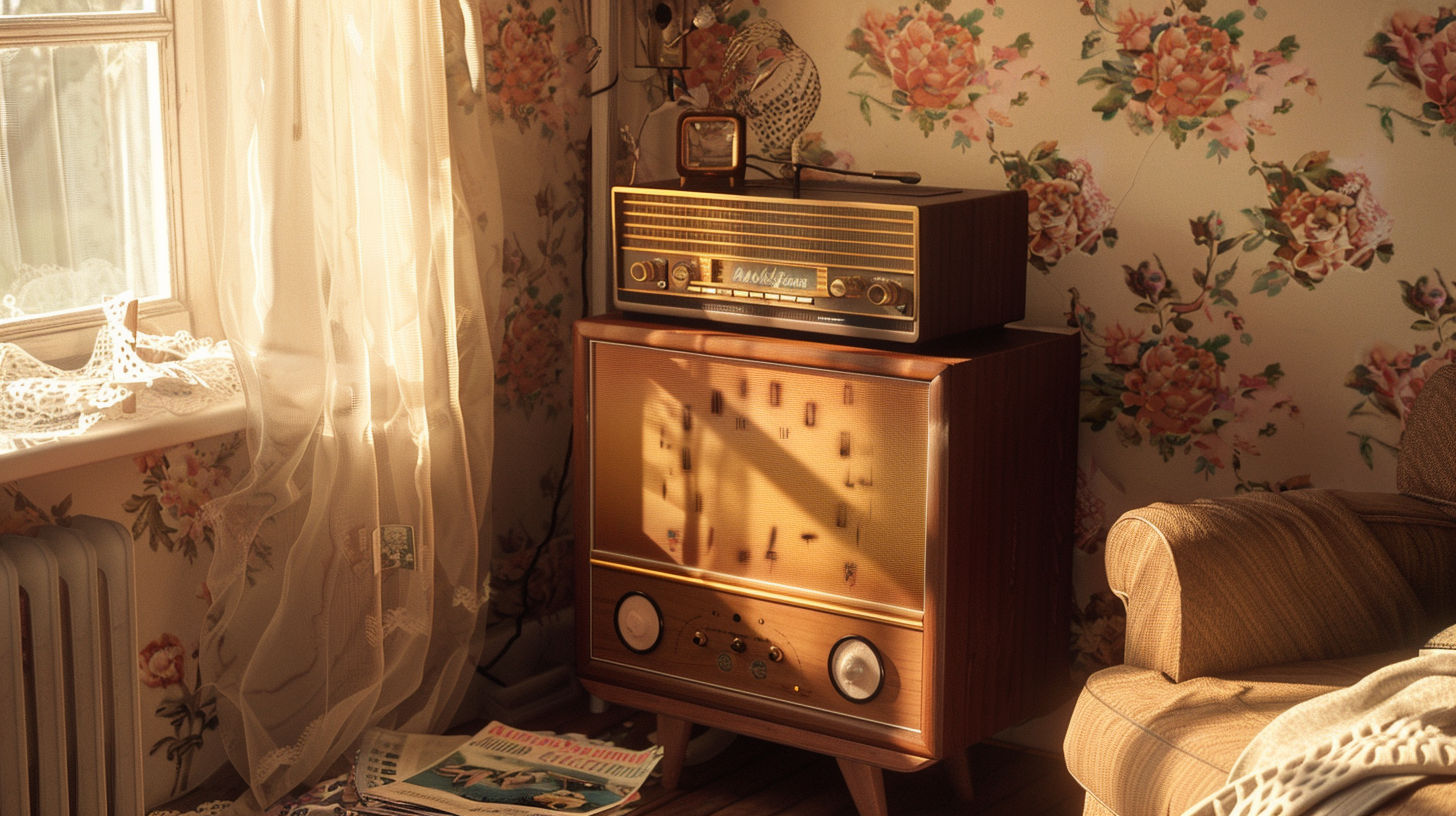
Identifying Your Radio
Before you can value your radio, you need to properly identify it:
Look for model information: Many radios have model numbers on the back, underneath, or inside the cabinet.
Identify the manufacturer: Look for brand logos, nameplates, or identifying marks. Some manufacturers used distinctive cabinet styles or dial designs.
Date your radio: Manufacturing dates can sometimes be found on tube charts or stamped on components. The style, materials, and technology can also help narrow down the era.
Document unique features: Note any special features, unusual colors, or design elements that might affect value.
Reference Materials and Price Guides
Several resources can help you establish baseline values:
Radio Attic Price Guide: One of the most comprehensive online databases of vintage radio sales with over 19,500 listings since 2005.
Collector’s Guide to Antique Radios: A reference book with descriptions and values for approximately 10,000 models.
Completed eBay Listings: Search for your model and filter for “sold items” to see recent real-world prices.
Auction House Archives: Major auction houses often maintain searchable archives of past sales.
Seeking Expert Opinions
When research isn’t sufficient, expert consultation may be necessary:
Radio Collector Clubs: Organizations like the Canadian Vintage Radio Society can help with identification and valuation.
Antique Radio Forums: Online communities like the Antique Radio Forum or Reddit’s r/VintageRadios can provide informal appraisals.
Professional Appraisers: For potentially valuable radios, consider a professional appraiser specializing in vintage electronics.
Specialized Vintage Radio Dealers: Businesses that focus on antique radios can offer valuations based on current market knowledge.
Vintage Radio Valuation Resources
Radio Attic Price Guide
Comprehensive database of 19,535+ vintage radio sales since 2005, with sellers and dates reported sold.
Canadian Vintage Radio Society Guide
Detailed guide explaining factors affecting vintage radio values, with specific information on Canadian models.
Radio World: What to Do With That Old Antique Radio
Insight on the market value difference between working and non-working vintage radios and restoration considerations.
Vintage Audio Exchange - Antique Radios
Commercial site selling restored antique radios with current pricing, useful for comparative valuation.
Reddit Vintage Radios Community
Active community of vintage radio enthusiasts offering identification help and informal value assessments.
Catawiki: How to Determine Antique Radio Value
Expert insights on factors affecting antique radio values from a major auction platform.
Selling Your Vintage Radio
Finding the Right Market for Your Radio
Sales Venues and Their Advantages
Different venues offer varying advantages depending on your radio’s value and your selling priorities:
Online Marketplaces
- eBay: The largest audience for vintage radios, but fees can be substantial
- Etsy: Good for especially decorative or artistic vintage radios
- Facebook Marketplace: Local sales with no fees, but potentially limited audience
Collector-Specific Channels
- Radio Collector Club Sales: Targeted audience of knowledgeable buyers
- Specialized Forums: Communities dedicated to vintage electronics
- Collector Shows and Swap Meets: In-person events with motivated buyers
Traditional Channels
- Antique Shops: May take items on consignment
- Auction Houses: Best for rare, high-value pieces
- Estate Sale Companies: If selling as part of a larger collection
Preparing Your Radio for Sale
To maximize value when selling:
- Clean carefully: Use appropriate methods for the cabinet material without damaging finishes
- Test functionality: Note whether the radio works and document any issues
- Take quality photos: Clear images from multiple angles highlighting both condition and features
- Research history: Provide any known history, original documentation, or restoration details
- Set reasonable expectations: Price according to comparable recent sales, not aspirational values
Packaging and Shipping Considerations
Vintage radios require special handling for safe transit:
- Double-box with sufficient cushioning material between boxes
- Secure internal components to prevent movement during shipping
- Remove and separately wrap loose components like tubes or knobs
- Document condition with photos before shipping
- Purchase adequate insurance based on declared value
- Consider freight shipping for large console models
Future Trends in Vintage Radio Collecting
The Evolving Market for Vintage Radios
Current Market Observations
Several trends are apparent in today’s vintage radio marketplace:
Generational Shifts: As older collectors age out, there’s an evolving demographic of younger collectors with different interests and aesthetic preferences.
Design-Focused Collecting: Increased interest in radios as decorative objects, particularly Art Deco models and colorful Catalin/Bakelite designs.
Working Technology Appeal: Growing appreciation for the engineering and audio qualities of vintage tube equipment, particularly among audiophiles.
Knowledge Transfer Concerns: As technical knowledge about repair and restoration becomes less common, properly restored radios command higher premiums.
Investment Potential
While collecting should primarily be driven by passion, certain segments offer potential appreciation:
Rare Catalin Models: Particularly in uncommon colors, these continue to appreciate due to their rarity and visual appeal.
Iconic Designs: Radios by notable industrial designers like Walter Dorwin Teague or Norman Bel Geddes tend to hold value well.
Pristine Original Examples: Museum-quality pieces with original finishes and documentation become increasingly scarce each year.
Early Technology Milestones: First-generation examples of important technological advances maintain historical significance.
Preservation Considerations
The vintage radio community increasingly emphasizes preservation best practices:
- Non-destructive Restoration: Techniques that maintain originality while ensuring functionality
- Documentation: Recording original conditions, components, and any modifications
- Knowledge Sharing: Mentoring new collectors on proper restoration techniques
- Digital Archives: Preserving schematics, manufacturer literature, and historical context
Common Questions About Vintage Radio Values
Frequently Asked Questions About Vintage Radios
Are old radios worth any money?
Yes, many vintage radios have monetary value, though the range is wide. Factors affecting value include:
- Brand and model (manufacturers like Zenith, Philco, and Emerson are often more valuable)
- Age (particularly pre-1950s models)
- Condition (both cosmetic and functional)
- Rarity and design aesthetics
- Cabinet materials (with Catalin plastic models commanding the highest prices)
While common table radios from the 1940s-50s might sell for $50-$150, rare models or those with exceptional design can fetch thousands of dollars. According to Radio World, working radios can be worth 10-40 times more than non-working examples of the same model.
What is the most sought-after vintage radio?
The Zenith Stratosphere from 1935 is widely considered the most sought-after vintage radio among serious collectors. This 25-tube radio with its impressive wooden cabinet can sell for $10,000-$20,000 in excellent condition.Other highly coveted models include:
- Sparton 558 "Sled" mirror radio
- Fada 652 Catalin "Bullet" radios (especially in rare colors)
- Emerson 587 "Snow White" Catalin models
- Air King "Skyscraper" Model 66
The desirability of these radios comes from their combination of innovative design, limited production, and historical significance.
Is there a market for vintage radios?
Yes, there is a healthy and established market for vintage radios, though it's more specialized than some other collecting areas. This market includes:
- Dedicated collectors who often specialize in particular eras, brands, or styles
- Decorators and interior designers seeking authentic period pieces
- Museums and historical institutions preserving broadcasting history
- Audiophiles interested in tube sound quality
The market thrives through specialized dealers, online marketplaces like eBay, collector clubs, radio meets, and auctions. While not as mainstream as some antiques, the dedicated vintage radio community ensures consistent demand for quality pieces.
Does anyone collect old radios?
Absolutely. There is a vibrant community of vintage radio collectors worldwide. These collectors typically fall into several categories:
- Technical enthusiasts fascinated by the engineering and electronics
- Design collectors attracted to Art Deco, Streamline Moderne, and Mid-Century aesthetics
- Broadcasting history buffs preserving radio’s cultural impact
- Nostalgic collectors seeking connections to earlier eras
Many cities have active radio collector clubs that meet regularly, publish newsletters, and host swap meets. Online forums and social media groups further connect this community. For those looking to connect with collectors, organizations like the Antique Wireless Association or local vintage radio clubs are excellent starting points.
Should I restore my vintage radio or leave it as is?
This depends on several factors:
Current condition: Radios in original but excellent condition generally should not be restored, as originality commands a premium.
Intended use: If you want to use the radio, electronic restoration is usually necessary for safety and functionality. This can be done without affecting the exterior appearance.
Type of restoration needed: Electronic restoration (replacing capacitors, etc.) is generally accepted, while cabinet refinishing is more controversial among collectors.
Value of the radio: For rare or valuable models, consult an expert before attempting any restoration.
The ideal approach for collectible radios is typically to preserve original appearance while making minimal, reversible electronic repairs to restore functionality. For common models, more extensive restoration may be appropriate if it makes the radio more enjoyable or usable.
How can I tell if my old radio is valuable?
To determine if your vintage radio might be valuable:
Identify the manufacturer and model: Look for model numbers on the chassis, back, or inside the cabinet.
Research comparable sales: Check the Radio Attic Price Guide, eBay completed listings, or collector forums.
Assess the cabinet material: Catalin (colored plastic), rare woods, or designer cases generally command higher prices.
Check for rarity indicators: Limited production runs, unusual features, or early manufacturing dates can increase value.
Evaluate condition: Both cabinet condition and electronic functionality significantly impact value.
For potentially valuable radios, consider joining a vintage radio forum or club where experts can help with identification and valuation based on photos.
Conclusion
Preserving Radio History Through Collecting
Whether you’ve discovered an old radio in a family member’s attic or are actively building a collection, understanding the factors that influence value can help you make informed decisions. While rare models like the Zenith Stratosphere or colorful Catalin sets command premium prices, even more common vintage radios preserve important aspects of broadcasting history.
The value of a vintage radio ultimately depends on a confluence of factors: manufacturer reputation, design aesthetics, cabinet materials, condition, functionality, rarity, and historical significance. By researching these aspects of your radio, you can better appreciate its place in the evolution of home entertainment technology.
For those looking to enter the vintage radio collecting hobby, local radio clubs, online forums, and reference resources provide invaluable guidance. These communities not only help with valuation but also share restoration techniques, historical context, and the shared enjoyment that comes from preserving these technological time capsules.
Whether your vintage radio is worth $50 or $5,000, each surviving example helps tell the story of how radio transformed human communication and home entertainment in the 20th century.
Get a Professional Appraisal
Unsure about your item’s value? Our certified experts provide fast, written appraisals you can trust.
- Expert report with photos and comps
- Fast turnaround
- Fixed, upfront pricing
No obligation. Secure upload.
| Item | Price | Date | Auction House |
|---|---|---|---|
| Zenith Stratosphere 16-A | $17,500 | May 2023 | Antique Radio Auction |
| Blue Catalin Fada Bullet | $8,250 | October 2022 | eBay |
| Sparton 558 Sled Mirror Radio | $7,800 | January 2023 | Specialized Radio Auction |
| Red Emerson 587 "Snow White" | $4,200 | March 2022 | Private Sale |
| Scott Philharmonic Chrome Chassis | $3,800 | November 2023 | Estate Auction |
